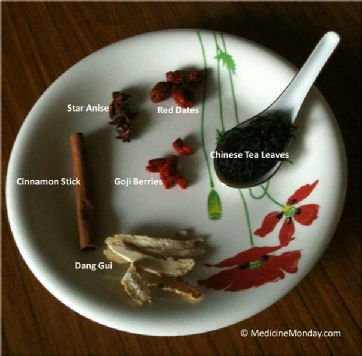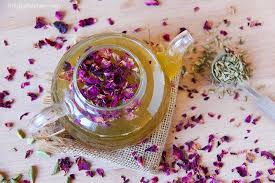
What Do Your Taste Buds Have to Say?
You can eliminate more choices by getting rid of anything with a scent or taste you are not terribly fond of. I recommend taking a day and taste testing different herbs. Because this can be a big undertaking, spend one day just working on whether or not you like the taste or smell. If you don't like the taste of something, you probably aren't going to want to use it in any of your potable potions! Keep a list of herbs that you like and don't like so you have an easy guide to refer to.
After you've sorted herbs into "yummy" and "yuck" categories, you can begin working on blending them to come up with flavor combinations. Be prepared for some trial and error. But don't worry-if you don't feel like experimenting on your own, you can try some of the basic recipes at the end of this chapter.
Savor the flavor
If you haven't made your own teas before, I suggest starting with just two or three different herbs. As you become more practiced and familiar with the tastes of the herbs and how they complement one another, you can experiment by combining more kinds together.


